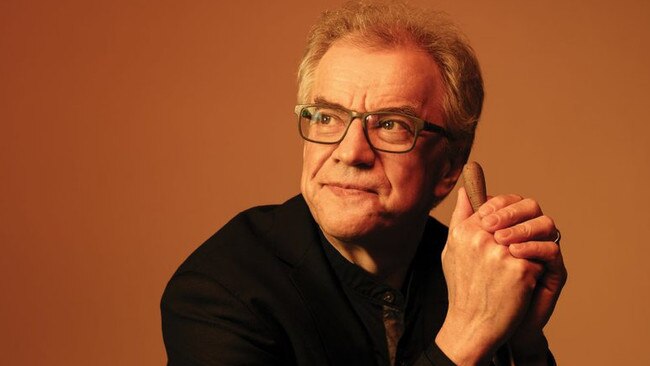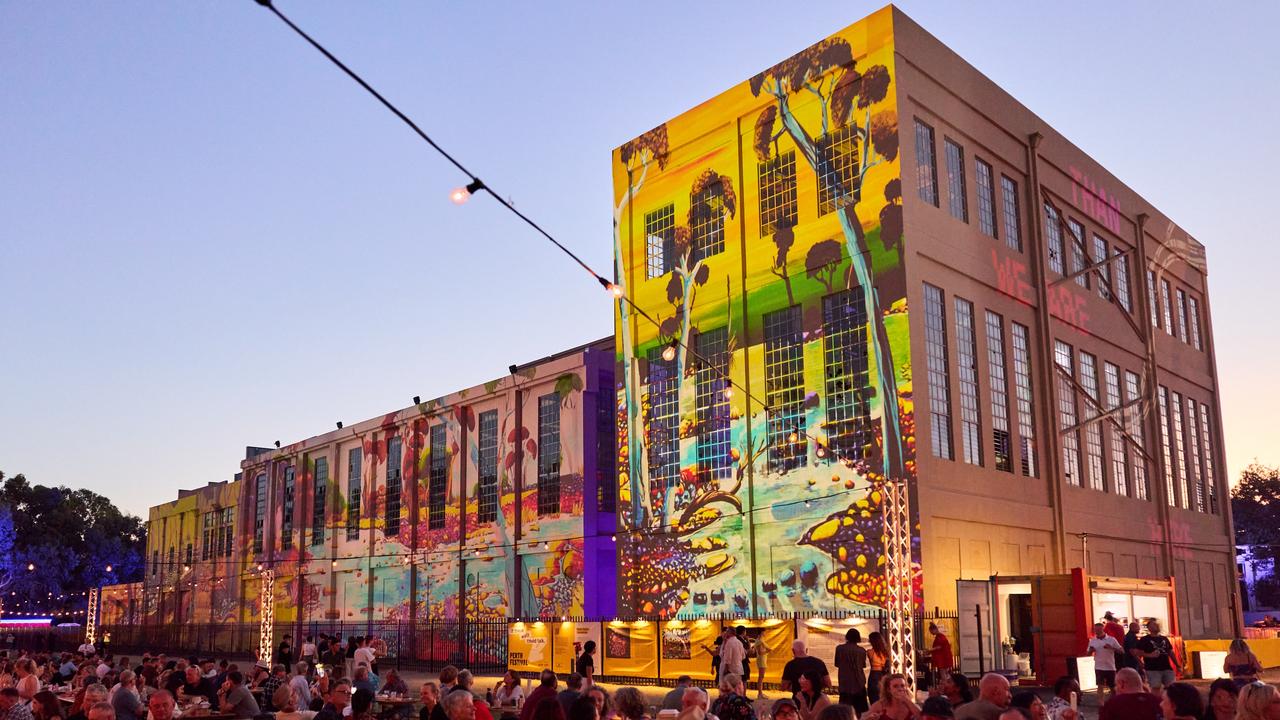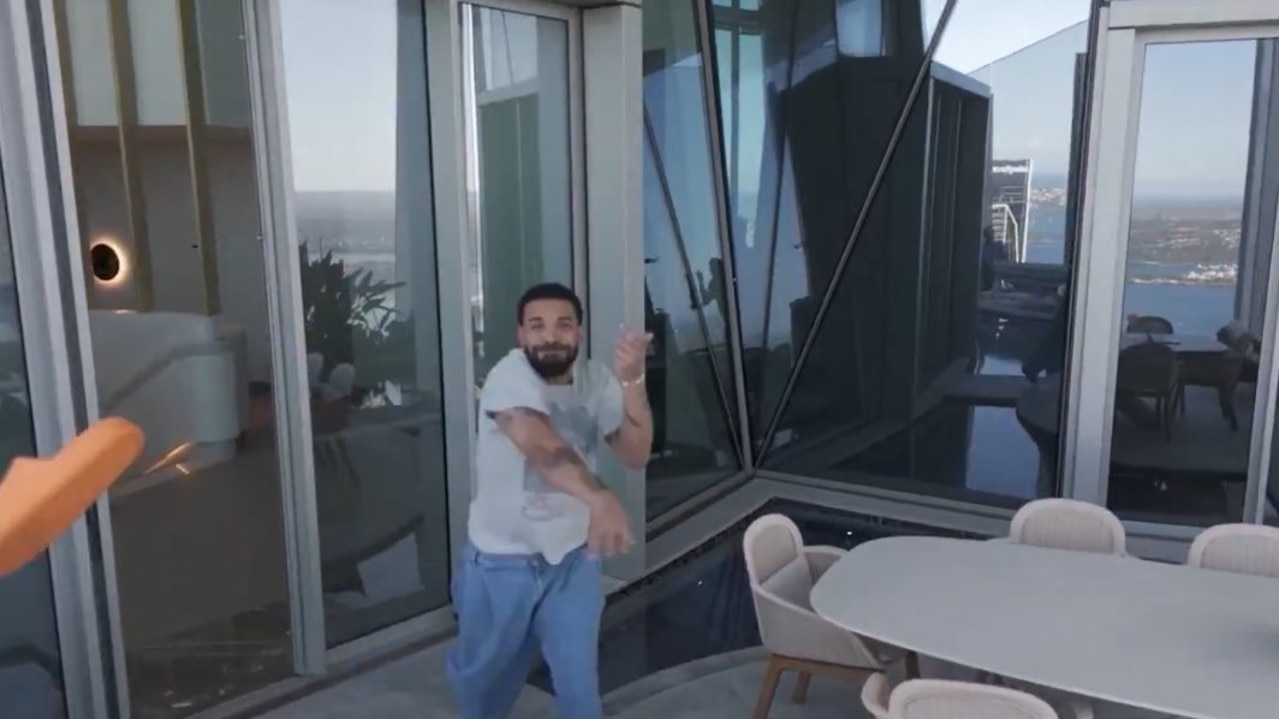Osmo Vanska’s Sibelius program of symphonic songs is a revelation
Finnish conductor Osmo Vanska’s deft handling allows the music to ebb and flow naturally and effortlessly.

Finnish composer Jean Sibelius (1865-1957) is best known for composing seven of the 20th century’s greatest symphonies. However, alongside Richard Strauss, he was also the finest fin-de-siècle exponent of the single-movement symphonic poem form. Its programmatic nature matched two of his main inspirations: the natural world and Finnish folklore and mythology, especially the national epic The Kalevala.
Finnish conductor Osmo Vanska shot to international fame in the 1990s with his revelatory recordings of Sibelius’s symphonies and symphonic poems. By going back to the original scores, he unearthed new insights. Vanska’s deft handling of tempos, dynamics, rhythm, texture and instrumental colour allowed Sibelius’s music to ebb and flow so naturally and effortlessly.
Happily, the same virtues were on display in these performances with the Sydney Symphony on Wednesday.
The concert’s second half was devoted to the Lemminkainen Suite (1893-95). These four tone poems describe the adventures of this reckless, hot-headed hero: his trips to the island of Saari and Tuonela (the Finnish land of death), his brutal murder, his miraculous regeneration and his final journey home.
The key to Vanska’s superb interpretation was his understanding of each of the tone poems’ distinctive structure and character. In the opening of Lemminkainen and the Maidens of Saari, for instance, he cleverly infused its sweeping, long-breathed lines and voluptuous late-Romantic sound with judicious touches of rubato, accelerando and ritardando, passionately evoking the hero’s idyllic trysts with the maidens.
The other three symphonic poems enjoyed similarly thoughtful treatment. Violent tempo and dynamic changes, relentless string tremolos and savage brass chords established an atmosphere of dread horror in Lemminkainen in Tuonela while the performers’ swift speeds and incisive rhythms generated scintillating momentum in Lemminkainen’s Return. By contrast, crystalline textures and Alexandre Oguey’s mournful, gracefully shaped cor anglais solo realised a compelling account of The Swan of Tuonela.
The rest of the concert featured three symphonic poems from later in Sibelius’s life.
Inspired by the travels of Vainamoinen, another Kalevala hero, and his unsuccessful wooing of the Daughter of Pohjola (the North), Pohjola’s Daughter (1906) is a work of powerful and dramatic contrasts. Vanska and the SSO’s scrupulous tempo, dynamic control and vividly coloured soundscape ensured they seamlessly negotiated the sectional transitions while simultaneously capturing its ever-changing character.
Although composed only seven years later, The Bard (1913) is a vastly different work. This taut, sparsely textured piece inhabits a similar world to the composer’s austere and enigmatic fourth symphony. Veiled string sonorities and subtly shaded dynamics realised its brooding intensity and haunting mystery.
The third symphonic poem, Luonnotar (1913), is scored for soprano and orchestra, and depicts Finnish mythology’s creation story. The soprano solo is renowned for its difficulty but Finnish soprano Helena Juntunen effortlessly overcame its challenges. Backed by Vanska and the orchestra’s sensitive, dark-hued accompaniment, her clear, focused timbre and strong sense of line created an enthralling account.
Juntunen was also the featured soloist in three of Sibelius’s songs – Hostkvall (Autumn Night), Varen flyktar hastigt (Spring is Flying) and Hertig Magnus (Count Magnus) – and displayed impressive agility across her range and an appealing range of tone colours.
Sydney Symphony Orchestra. Soprano: Helena Juntunen. Concert Hall, Sydney Opera House. Concert repeated Friday and Saturday nights. Tickets: $45-$130. Bookings: (02) 8215 4600 or online.





